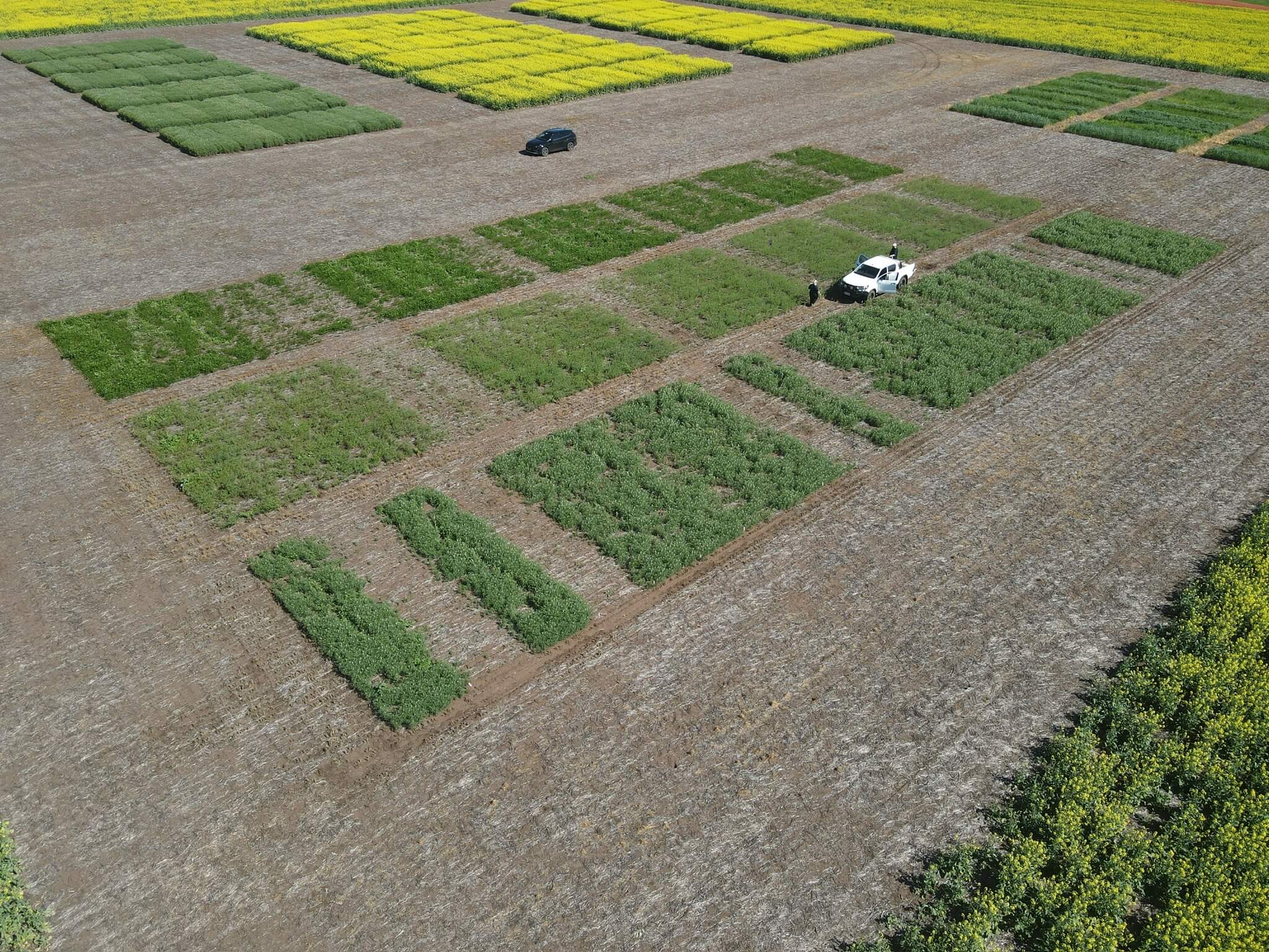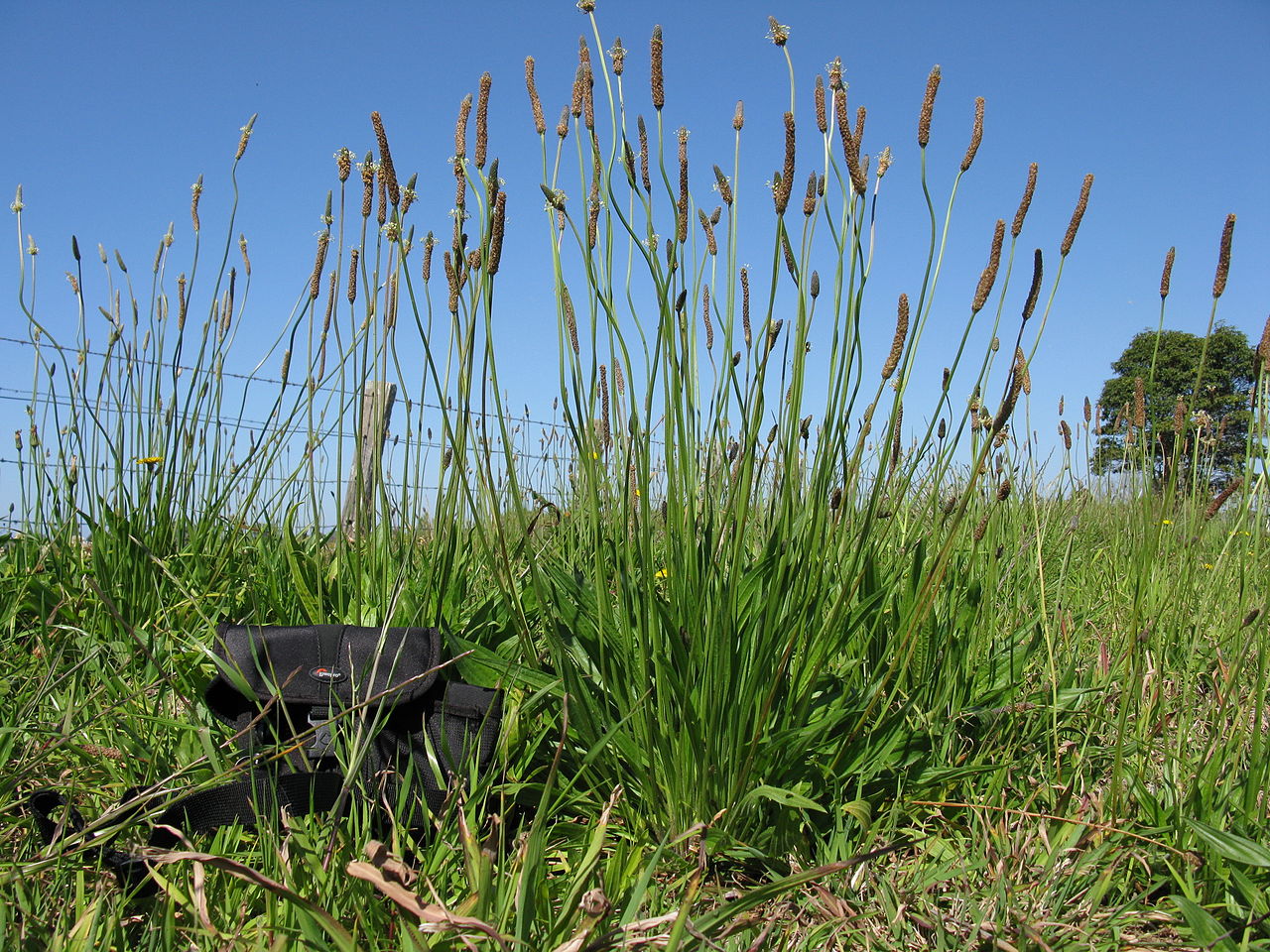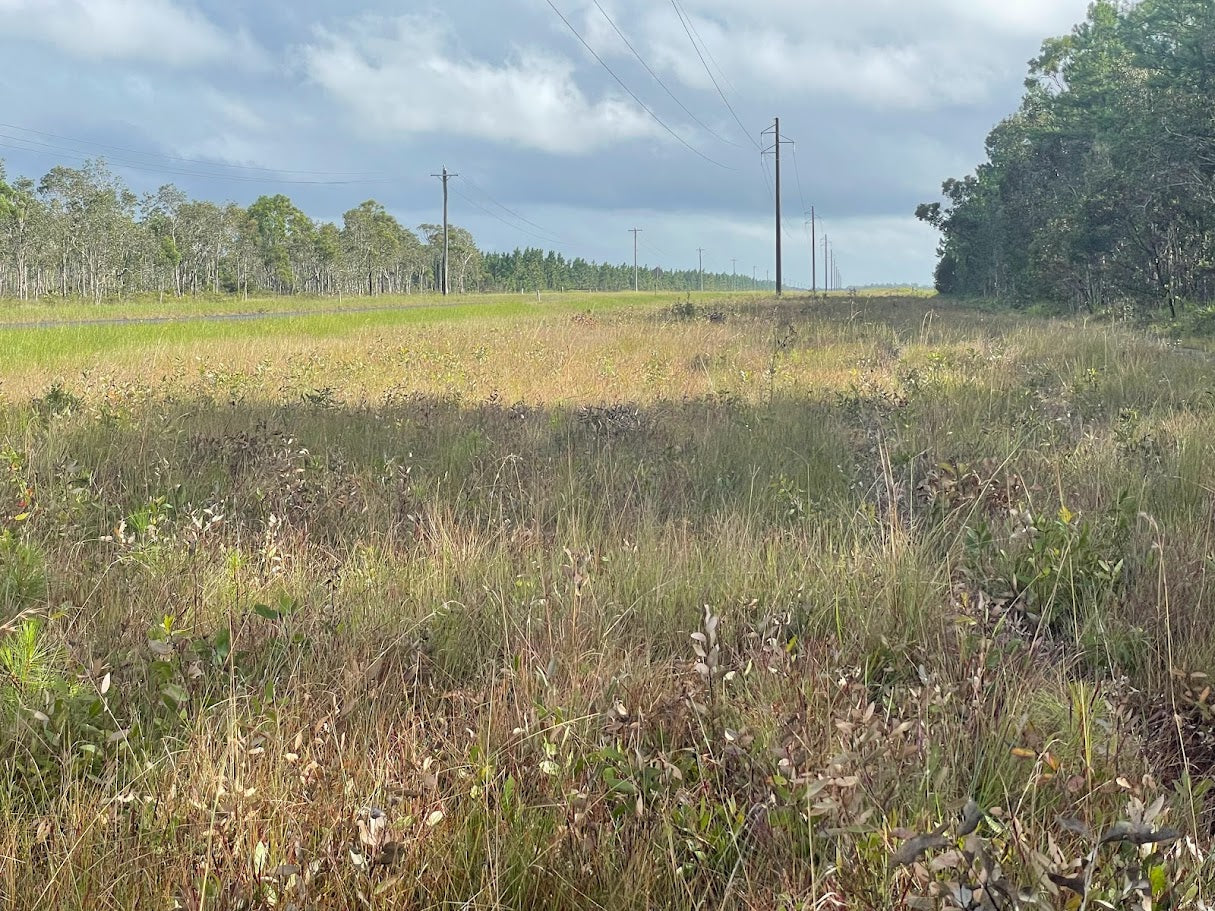
The Science Behind Herbicides: How Different Groups Tackle Weeds
The Science Behind Herbicides: How Different Groups Tackle Weeds
Herbicides are a vital tool in modern weed management, helping asset managers control weeds that can threaten assets crops, and safety. But have you ever wondered how these herbicides work? In this article, we will delve into the fascinating world of herbicides, explaining how different numbered groups target weeds.
The Basics of Herbicides
Before we explore the numbered groups, let us understand the fundamental concept behind herbicides. Herbicides are chemicals designed to disrupt specific processes in plants, ultimately leading to their death. They can target various aspects of plant growth and development, making them an essential part of weed management.
Group 1 - ACCase Inhibitors
Group 1 herbicides inhibit an enzyme called Acetyl-CoA Carboxylase (ACCase), crucial for fatty acid synthesis in plants. By disrupting this process, they prevent the growth of grassy weeds. These herbicides are widely used in crops like wheat, barley, and rice.
Group 2 - ALS Inhibitors
Herbicides in Group 2 target Acetolactate Synthase (ALS), an enzyme responsible for branched-chain amino acid production in plants. ALS inhibitors are effective against broadleaf and some grassy weeds, making them versatile in various crop settings. Imazapyr is an example of an ALS Inhibitor herbicide in common use.
Group 3 - Microtubule Inhibitors
Group 3 herbicides disrupt microtubule formation in plant cells, causing structural damage and inhibiting growth. They are primarily used to control grassy weeds and are important in cereals and other crops. Prodiamine is an example of a commonly used Microtubule inhibitor.
Group 4 - Synthetic Auxins
Synthetic auxin herbicides mimic a natural plant hormone called auxin. By interfering with auxin signalling, these herbicides disrupt normal plant growth and development, leading to deregulated growth patterns and eventually plant death. They are effective against a wide range of weeds, both broadleaf and grassy. Dicamba is a commonly used Synthetic auxin herbicide.
Group 5 - Photosystem II Inhibitors
Herbicides in Group 5 target Photosystem II, a critical component of photosynthesis. They disrupt the plant's ability to convert light into energy, effectively starving the weed to death. These herbicides work against various weed species and are commonly used in agriculture. An example of a common use Photosystem II herbicide is Atrazine.
Group 9 - EPSP Synthase Inhibitors
Group 9 herbicides inhibit the enzyme EPSP Synthase, which plays a crucial role in the synthesis of aromatic amino acids in plants. It prevents weed growth by depriving them of essential amino acids. The most famous herbicide in this group is glyphosate (Roundup).
Group 10 - Glutamine Synthase Inhibitors
Herbicides in Group 10 target Glutamine Synthase, a key enzyme in nitrogen metabolism. By disrupting this process, they control both broadleaf and grassy weeds. Glufosinate-ammonium is a well-known herbicide in this group.
Understanding how different groups of herbicides work is essential for effective weed management. By targeting specific processes within plants, these herbicides help keep assets free from weeds.
Each numbered group represents a unique strategy in the ongoing battle against unwanted vegetation, making herbicides a cornerstone of modern weed management.
Additional content
VIEW GWS' ADDITIONAL CONTENT TO LEARN MORE ABOUT THE WEED INDUSTRY

Water pH and the Performance of Weak Acid Herbicides
Weak-acid herbicides must remain in their non-ionised (acid) form to move efficiently through the plant cuticle. When spray water is too alkaline, the herbicide molecule becomes ionised.
Read more
Towards Modern Vegetation Management: Solutions for Australia’s Linear Infrastructure
Understanding the Changing Vegetation Challenge Vegetation management across Australia’s linear infrastructure corridors is becoming increasingly complex. Roads, rail corridors, gas pipelines, elec...
Read more
Case Study: Parthenium Weed Hygiene
Introduction: The Necessity of Weed Hygiene Management Australia’s vast expanses and diverse land uses, from grazing pastures and cropping zones to natural bushland and urban corridors are u...
Read more
